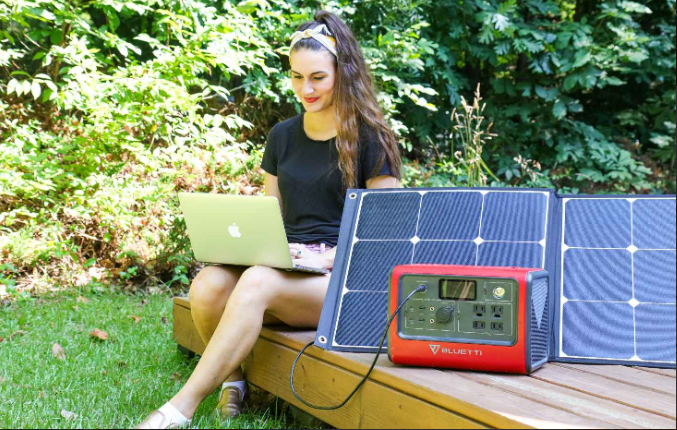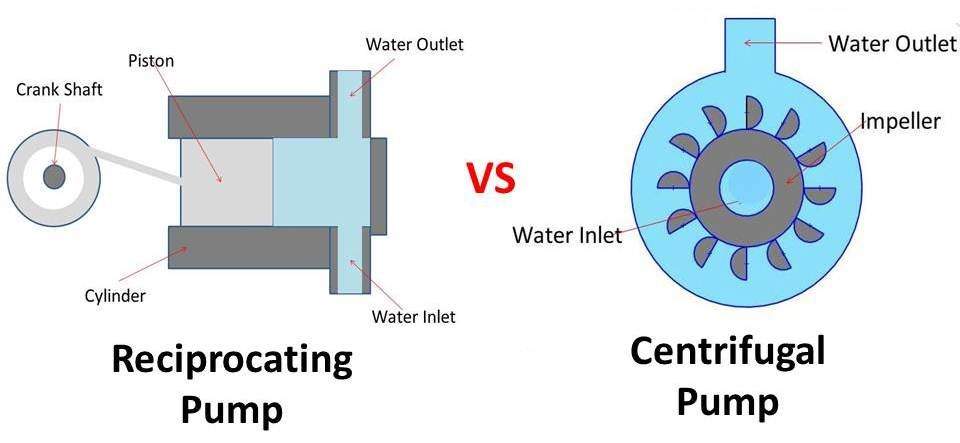Harnessing the Sun’s Power: The Portable Solar Generator

Harnessing the power of the sun through portable solar generators is an increasingly popular and sustainable way to provide electricity in various situations. These devices are designed to capture and store solar energy in batteries, making it accessible for powering a range of electronic devices and appliances. Here’s an overview of portable solar generators and their benefits:
1. How Portable Solar Generators Work:
- Solar Panels: Portable solar generators consist of one or more solar panels, which capture sunlight and convert it into electrical energy through the photovoltaic (PV) effect. These panels are typically made of silicon-based solar cells.
- Battery Storage: The generated electricity is stored in an onboard battery or a detachable power station. This battery acts as an energy reservoir, storing surplus energy generated during the day for use at night or during cloudy periods.
- Inverter: Most portable solar generators have an inverter that converts the direct current (DC) electricity from the solar panels and batteries into alternating current (AC) electricity, which is compatible with standard household appliances and electronics.
- Outlets: Portable solar generators are equipped with various outlets, including AC outlets, USB ports, and DC ports, to accommodate a variety of devices.
2. Benefits of Portable Solar Generators:
- Clean and Renewable: Solar generators harness clean, renewable energy from the sun, reducing greenhouse gas emissions and dependence on fossil fuels.
- Versatility: They are portable and can be used in various settings, such as camping trips, outdoor events, power outages, and remote locations.
- Quiet and Maintenance-Free: Unlike gas generators, portable solar generators are quiet, emit no fumes, and require minimal maintenance.
- Reduced Operating Costs: Once purchased, the energy source (sunlight) is free, and there are no ongoing fuel costs.
- Environmental Impact: Using solar generators reduces your carbon footprint and supports sustainable energy practices.
3. Considerations When Choosing a Portable Solar Generator:
- Power Capacity: Consider the generator’s power capacity, measured in watt-hours (Wh), to ensure it can meet your energy needs. Determine the wattage of the devices you plan to power and choose a generator with sufficient capacity.
- Portability: Look for a generator that is easy to transport, with features like foldable solar panels and built-in handles.
- Battery Type: Lithium-ion batteries are common in portable solar generators due to their high energy density and longer lifespan.
- Charging Options: Some generators can be charged not only from solar panels but also from wall outlets or a car’s 12-volt socket, providing flexibility.
- Weight and Size: Consider the weight and dimensions, especially if you plan to carry it for extended periods or in remote locations.
- Durability: Ensure the generator is designed for outdoor use and can withstand environmental factors like rain and dust.
4. Applications of Portable Solar Generators:
- Camping and Outdoor Activities: Power lights, phones, laptops, and camping appliances.
- Emergency Backup: Keep essential devices running during power outages.
- Remote Work: Charge laptops and other electronics while working in remote areas.
- Construction Sites: Provide power for tools and equipment in areas without access to the grid.
- Recreational Vehicles (RVs): Power appliances and devices while traveling.
Portable solar generators offer a sustainable and reliable source of electricity, making them a valuable addition to off-grid living, outdoor adventures, and emergency preparedness. As technology advances, these generators are becoming more efficient and affordable, making solar power accessible to a wider range of people.




